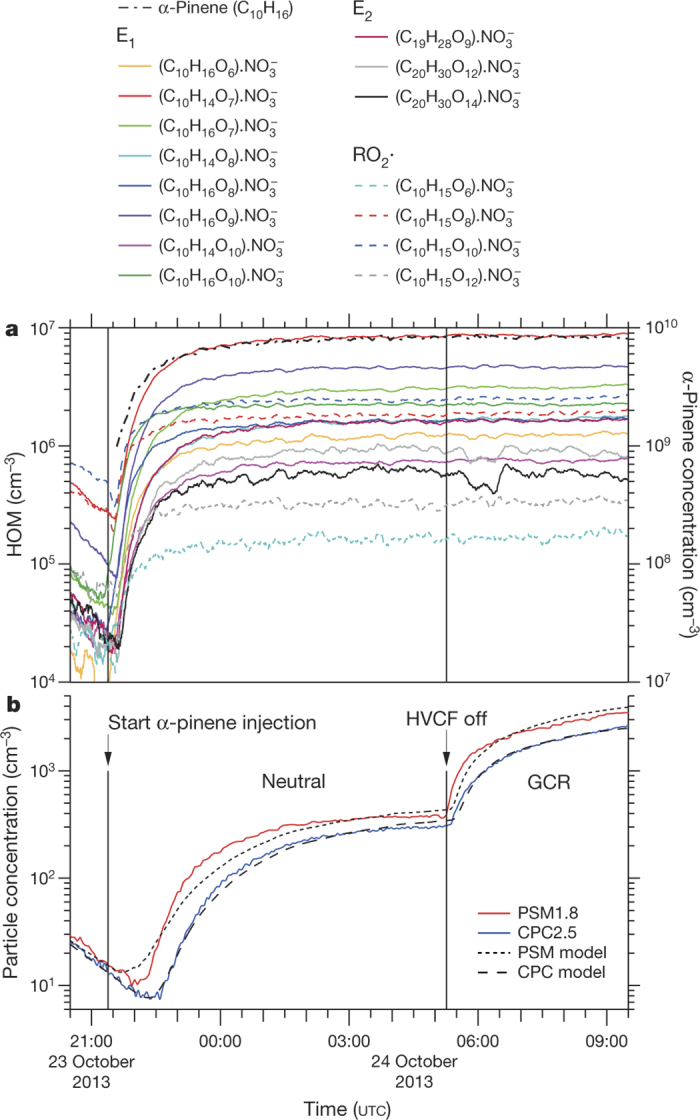Figure 1. Evolution of HOMs and particles during a typical run.

a, Evolution of selected HOM monomers (E1), dimers (E2) and peroxy radicals (RO2·) at 300 p.p.t.v. α-pinene, 33 p.p.b.v. O3, zero H2 or HONO, 38% relative humidity, 278 K and [H2SO4] < 5 × 104 cm−3 (the same run as shown in Extended Data Fig. 4). The HOMs start to appear soon after the first injection of α-pinene into the chamber at 21:22, 23 October 2013. A HOM monomer is a highly oxygenated molecule derived from α-pinene (C10H16), and a HOM dimer is a covalently bound pair of monomers. Peroxy radicals are identified by an odd H number. The HOMs are charged with an  ion in the CI-APi-TOF mass spectrometer. The systematic scale uncertainty on the HOM concentrations is +80%/−45%. b, Evolution of the particle number concentrations measured in the PSM1.8 (red curve) and CPC2.5 (blue curve) particle counters. The high-voltage clearing field (HVCF) was switched off at 05:16, 24 October 2013, marking the transition from neutral (ion-free) to GCR conditions in the chamber. A sharp increase in the rate of particle formation is seen, due to ion-induced nucleation of pure biogenic particles. However, no change occurs in the HOM concentrations (a), because these are predominantly neutral gas-phase molecules. The dotted and dashed curves in b show the PSM1.8 and CPC2.5 distributions, respectively, simulated for this run with the AEROCLOUD kinetic model, which is used to derive the experimental nucleation rates (see Methods).
ion in the CI-APi-TOF mass spectrometer. The systematic scale uncertainty on the HOM concentrations is +80%/−45%. b, Evolution of the particle number concentrations measured in the PSM1.8 (red curve) and CPC2.5 (blue curve) particle counters. The high-voltage clearing field (HVCF) was switched off at 05:16, 24 October 2013, marking the transition from neutral (ion-free) to GCR conditions in the chamber. A sharp increase in the rate of particle formation is seen, due to ion-induced nucleation of pure biogenic particles. However, no change occurs in the HOM concentrations (a), because these are predominantly neutral gas-phase molecules. The dotted and dashed curves in b show the PSM1.8 and CPC2.5 distributions, respectively, simulated for this run with the AEROCLOUD kinetic model, which is used to derive the experimental nucleation rates (see Methods).
